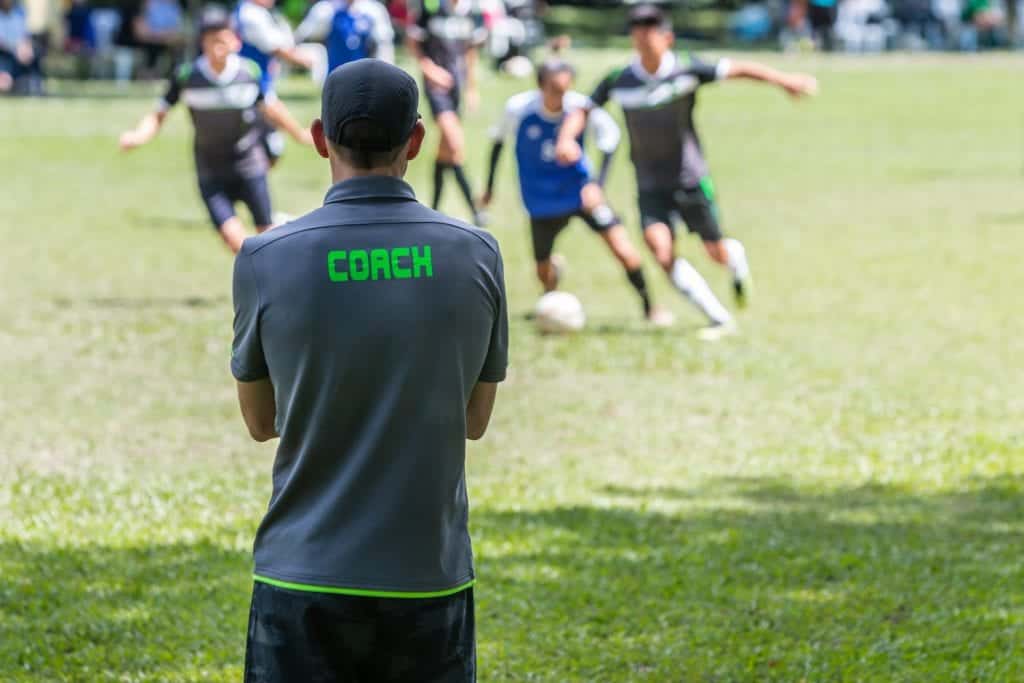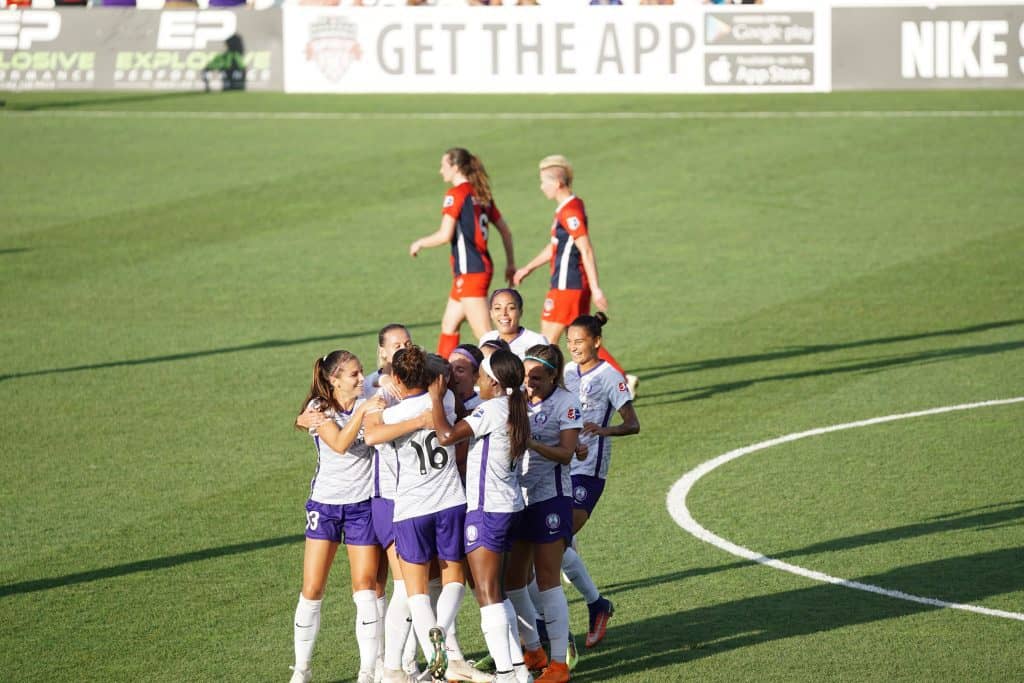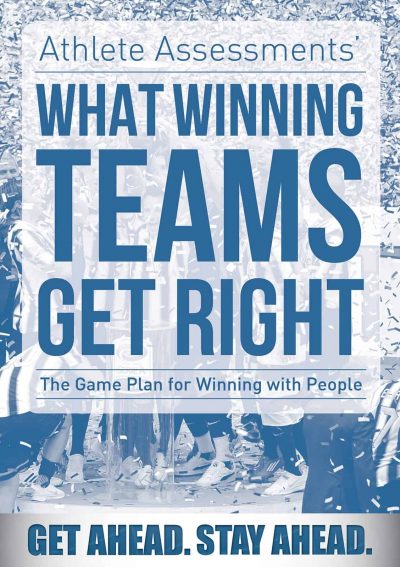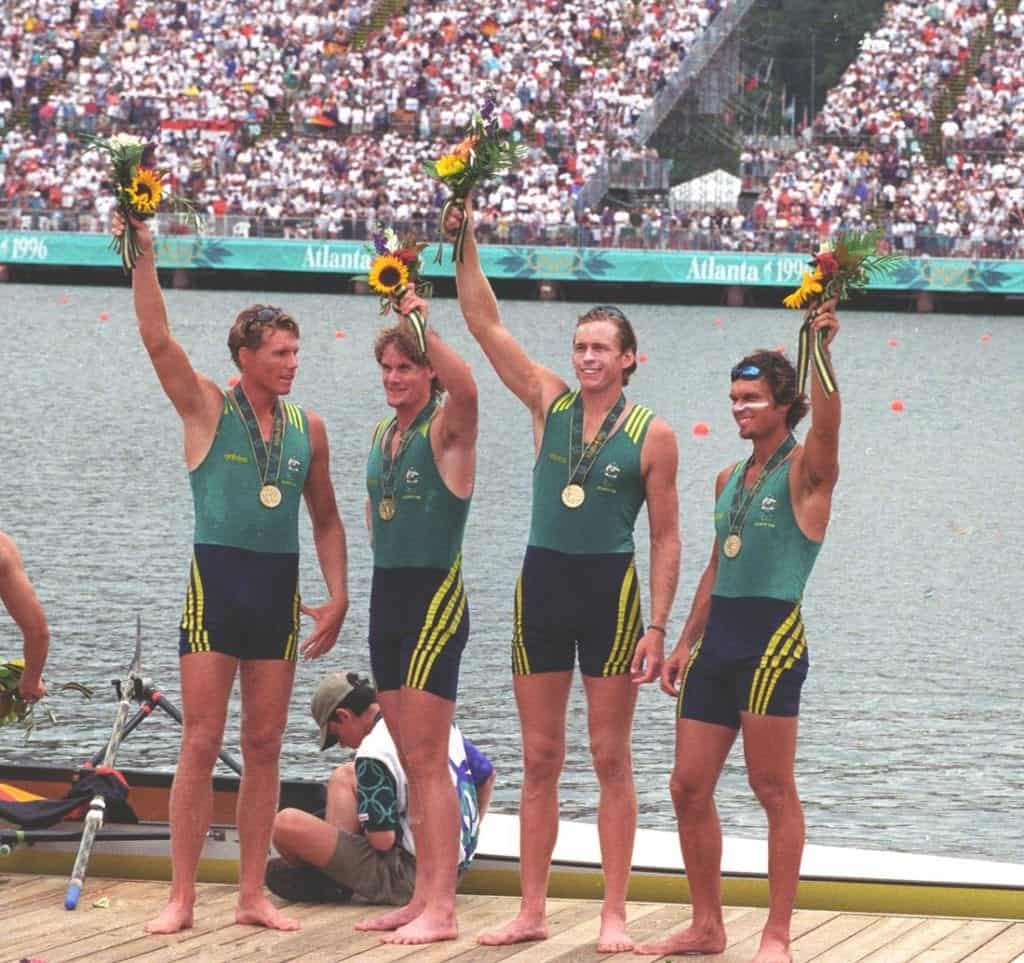Challenges and obstacles are part of the everyday in coaching. Whilst coaches are often expert problem solvers, there are some challenges which are common in programs and teams that we work with. As always, we want to see coaches succeed in their sporting endeavors, meet challenges, and rise above those holding them back. To provide some guidance in resolving issues that may be lurking in a program, now or in the future, we share some perspective from Athlete Assessments, Bo Hanson’s more than 15 years of discussions and consultations with coaches and teams, around the common coaching challenges faced and discuss what strategies can be applied for resolution.
1. Underestimating the impact of a Coaching Philosophy
It is easy to get stuck in the day-to-day, repetitive motions of coaching, but practice always benefits from regular reflection. When it comes to coaching; continuous improvement, upholding and maximizing standards, and meeting goals, nobody knows better than coaches as to how important it is to have a clear approach and evaluate it regularly. Taking time to map out a personal strategy of how and why things are done within your team, will not only keep delivery on track throughout the season, but ensure the focus is on what matters to you most as a coach. Ultimately, a coaching philosophy will help navigate times of uncertainty and guide everyday actions in competition and practice. Unsure what a coaching philosophy is, or how to develop one? Our article on ‘The Key to Unlocking Your Coaching Philosophy’ is worth a read.
2. Awareness of own coaching style
It is often said that the ‘best coach’ is not necessarily the one with the most championship wins, but instead the ‘best coach for you’. Before a coach can be the best coach for an athlete, they first need to understand themselves and exactly why and how they do what they do.
To begin the process of understanding one’s own coaching style, coaches can ask themselves things like, ‘what do you bring to each interpersonal exchange?’, ‘how do you prefer to build relationships, and do you prioritize them over goals or tasks?’, and ‘what pace do you naturally prefer to work at?’
Everybody has a Natural Style; we equate it with being either right or left-handed. An individual’s Natural Style refers to their default mode, or the way they prefer to do things without prior thought or effort. We each have our own unique way of communicating and in a coaching context, creating a shared understanding. As an individual, we may tend to thrive in spontaneous or group environments, while others may excel in identifying patterns and establishing routines, preferring their own company. To assist coaches in identifying their coaching style and taking the lead in their own development, Athlete Assessments developed the CoachDISC Profile, designed exclusively for coaches to get the most out of their staff, athletes, and importantly, themselves. The CoachDISC provides a tailored report which details how a coach approaches tasks, what motivates them, what environments they thrive best in, and importantly, how they are likely to behave under stress. It is through reflection of these insights that as coaches, we are able to become more self-aware, recognize our tendencies, and if required, adapt our own coaching behaviors to achieve desired outcomes or improve communication and relationships with others.
This then enables us to deliver a coaching method that is athlete-centered, which is where the primary goal of the coach is to help their athletes take responsibility of their sporting behaviors that create their results.
When coaches lack self-awareness, their program often reflects their own personal style and the way they would prefer to be coached, rather than the way each athlete needs to be coached. This is a common situation, which can result in collaboration difficulty, disengaged athletes, and a high turnover of coaching and support staff. But when coaches and athletes have a greater understanding of their behaviors and those which contribute to high or poor performances, it allows the coach to provide tailored feedback for improvement, and athletes to take greater responsibility and have ownership of their results.
3. Adaptability in coaching styles
If a team’s results reflect what the coach and athletes achieve together, it is important we cater our coaching style to ensure we are coaching our athletes the way they need to be coached. Taking time to review and understand the Natural Style of every athlete in a team or program is a critical process, and Athlete Assessments’ AthleteDISC is a tool which aids coaches in developing this knowledge. It is important to remember that adapting our style as a coach does not mean changing who we are. We can still remain authentic, whilst making key adjustments on a case-by-case basis to accommodate the needs of our athletes. Ultimately, adapting and adjusting do not require a coach to be someone different, just choose different actions to achieve the best outcome for those involved. Knowing how and being able to adapt to individual athletes and address challenges that coaching a team of diverse athletes presents, is critical for coaching success.
We regularly see coaches who are exceptionally talented and naturally possess great insights when it comes to their sport, yet struggle to adapt their coaching style when a situation requires them to. Being inflexible and unable to adapt means our coaching skills do not benefit our athletes as much as they could. Moreover, inadaptability hinders the opportunity to build strong coach-athlete relationships. As we know from the 2008 Olympic Study, a strong coach-athlete relationship is the key to successful performance.
Communication breakdowns can create unnecessary stress, misunderstandings, and confusion states that commonly result in under performance and a disconnection between the coach and athlete. Adaptability is like any other proficiency; it becomes easier the more you practice it. As coaches become more aware of their behavioral tendencies and how to adapt them, they can easily vary their coaching style to suit the needs of their athletes.
4. Engaging the athletes in a program
Why is this important and how is it going to affect performance? Engagement is critical, it precedes high-performance in any field. Take a moment to consider the opposite of the engaged state. We know disengagement usually leads to underperformance, athletes leaving a program to join other teams, and sometimes taking other athletes and staff with them. Disengagement can often be traced back to poor communication or a basic lack of understanding on both the athlete and the coach’s side. This could be related to roles, performance standards, or in most cases, a lack of personal understanding between the coach and athlete. As coaches, it is fundamentally important to know our athletes and what’s important to them, both inside and outside of a competitive arena.
In a sporting environment, it is easy to recognize the athletes in a program who are engaged by the way they talk about the team and how involved they are in day-to-day schedules and activities. If the team represents the individual, they will feel like they belong. Moreover, when the team’s goals and values align with an athlete’s personal goals and values, their pride in the team or program is strong. Naturally, if an athlete feels their contribution is heard and valued, their engagement increases. Discretionary effort is also a good measure of engagement, and is often a defining factor of high-performance.
At Athlete Assessments we are passionate about Involvement, Ownership, and Accountability. These three principles, in this order, underpin everything we do!
When applying these principles to coaching, we can first ask ourselves, ‘What can I do to better include our athletes in what we are asking them to do, or the outcomes we want them the work towards?’
One way to increase involvement involves reviewing the standards and core values the program lives. Simply reviewing and going through the process of re-evaluating these factors facilitates inclusion and involvement for the current players. In creating standards, accountability is the key to maintaining a sustainable program or team.
We can then ask ourselves questions around our environment and culture, such as ‘are we creating an environment that promotes accountability?’, or ‘do our athletes hold themselves and each other to performance standards, or look for other factors or people to blame for underperformance?’
Both formal and informal performance measures are useful for promoting accountability. Meaningful measures can be as simple as a 1-10 rating of an athlete’s own performance regarding a single variable or overall performance. Performance measures can be formal, periodic, or technological.
Overall ownership is underpinned by involvement. We can increase our athlete’s sense of ownership by accommodating for their contribution, whether that be in competition analysis, or the creation and evaluation of standards. Every team will experience the challenge of new members. Some programs introduce new cohorts every one to two years, and the way these new team members are inducted will impact the level of ownership they develop. Therefore, it is important to be well prepared with an outlined set of objectives and processes. This preparation is not only likely to maximize a positive response from introductory athletes but will also aid in consistent standard implementation.
5. Creating a clear picture of what winning looks like
Confusion is not an optimal state for performance. The external scoreboard doesn’t always tell the whole story when it comes to how our team performed, it misses those internal measures like whether the team delivered on their defined Match Winning Qualities, or succeeded in what they were trying to achieve from a cultural or relative goal perspective. Undoubtedly, the external scoreboard is important, and we can include it as a measure of what winning looks like, but often it is only one piece in the bigger picture. In order to promote sustainable success, it is essential everyone within the team is working towards the same outlined goals, which they have collaborated on. But coaches cannot simply assume everyone is on the same page or has a clear picture of what winning looks like, just like technical strategy, the goals and values that contribute towards a team’s culture and winning outcomes need to be discussed regularly. Conversations could include visualizing the team’s Match Winning Qualities, specifically what they look like in action, how they work together, and the bigger picture they create, along with understanding what each of those qualities means for each person in the team.
6. Make sure everyone understands the Match Winning Qualities
Every athlete and team will know what technical skills and strategies can often attribute to wins for them, but do they know what collective behaviors or values do? It is these elements that we want to capture in our Match Winning Qualities, and it is important to be 100% clear that performances based on or including these qualities will give the team the best chance of producing a win. Our philosophy of Involvement, Ownership, and Accountability is particularly important when formulating and defining a team’s Match Winning Qualities. It should be done as a collective group, in an open and supportive team environment. Once the specific qualities have been defined, a team can then discuss the ‘above’ and ‘below’ the line behaviors which they can hold each other accountable to (those that either contribute to or hinder the quality being lived). Through these discussions, and by constantly revisiting them, teams are able to visualize what these qualities look like in action and analyzing what happens when they aren’t being lived. This is a critical reflection practice for teams, and is a fundamental part of the performance process.
In our experience, we have found that three strong and well-defined Match Winning Qualities are highly effective in keeping teams focused on what’s important to them as a collective, without complicating the performance process.
While it is most common for programs to revisit or refresh their Match Winning Qualities in the preseason, it is essential to keep these qualities alive and relevant throughout the season. Some practices include incorporating them into everyday language, as part of the pre-game preparation or post-competition reflection process, and part of the team’s leadership nomination process.
7. Creating and sustaining a culture that serves the team
If a team or program’s culture is not directed or managed, it will naturally evolve around the strongest personalities in the group. Put simply, culture can be understood as, ‘the way we do things around here’. When applied to sporting scenarios, we need to take a closer look at the actions of individual athletes and the contribution they make to shaping the team’s culture, then whether the overall culture is the one the team wants or needs. To evaluate a team’s culture, coaches can can ask themselves questions like, ‘are our standards clear to the athletes in our program?’, ‘how are the athletes held accountable to those standards, do they hold each other accountable to them?’, ‘are our standards reflected in the programs core values?’, ‘have we defined the ‘above’ and ‘below the line behaviors’ relevant to our core values?’, and ‘what actions can I take to keep our values alive during the season?’
Culture is not a box ticking exercise. Determining a desirable culture and taking proactive steps towards achieving this is a continual process. At Athlete Assessments, we use the GRIP model to walk us through setting and driving culture. There are various ways to approach discussions around culture which stem from athlete and team identity as a foundation.
When working with younger athletes, simple and open-ended questions like, ‘What kind of team do we want to be?’ and ‘How do we want to be known by our competitors?’ enable them to contemplate their team’s identity, a factor which ultimately influences culture development.
When working with older or more advanced teams, the language can be much more specific and draw on the GRIP Model process, understanding of themselves and others, and what they want to see from the team to ultimately drive performance.
8. Holding and instigating difficult conversations
Athletes rely on coaches to maintain and elevate standards, from the finer points of technique, strength outputs, aerobic efforts, to the non-technical aspects of culture and roles. With coaching comes the inevitability of difficult conversations. Naturally, some conversations are more complicated and harder than others. Across the board in sport, coaches will tend to choose the best team to compete on the day, which often involves disappointing other athletes. Sidelining players who do not meet the immediate needs of the team or environment on game day is a tough, but common practice for coaches. The ability to be transparent and upfront with athletes, while still maintaining relationships is a skill that can take time to master. Like all coaching skills, this is something that can be practiced and learnt. There are various tools and techniques available which provide coaches with positive strategies to enter into these difficult conversations. For example, by undertaking a CoachDISC Profile and having athletes take their AthleteDISC, coaches can be empowered by the knowledge of how to best communicate with an individual, and tailor the tough conversation to how they will best receive it.
In this video presentation, Bo Hanson discusses the need for critical conversations in sport and the best ways to conduct these conversations, so the most productive outcome is achieved for all involved.
If this topic sparked an interest, we also have an article dedicated to critical conversations and managing conflict for coaches.
As leaders in sport, we know just how imperative it is to get the ‘people side’ right. Whilst wins and successes, meaningful relationships, and empowered athletes are all positives that come with coaching, so too do challenges. Recognizing that coaching challenges are natural and prevalent is the first step in addressing the situation. Fundamentally, developing a better understanding of ourselves as coaches, our athletes, and staff can aid in overcoming these hurdles and promote sustainable relationships for success.
Where to from here?
When faced with challenges as a coach, it is important to first evaluate personal behaviors and methods of interaction and decide whether these will be beneficial in obtaining a positive result in the situation. If not, an adaptation may need to be made to communicate more effectively. Athlete Assessments’ DISC Profiles outline valuable insights into an individual’s preferred behaviors; the pace they like to operate at, how they best receive information, their wants, motivations, and strengths. These insights provide the ability to develop better self-awareness, improve relationships with others, and mitigate conflict.
If we can help you achieve your best results, reach out and contact us!
Recommended Articles
When we look at leaders in any endeavor, we often see their success critically defined by their leadership philosophy, and when it comes to sport coaches it is exactly the same. Having a defined coaching philosophy is key to effective coaching (and leadership), but the process of developing and understanding your own philosophy is often sidelined. When your team relies on your performance as a coach as much as they do on technical execution for achieving a winning outcome, this process is a priority.
Creating and maintaining an effective team culture is critical to sustained success. So, if we define culture simply as ‘the way we behave around here’, we need to determine what is acceptable and what is not? But then as a coach, how do you sustain a culture or how do you deal with an athlete who acts in a way that opposes the culture you want?
We all know that in the highly stressful environment of elite sport (and even social sport), conflict is bound to occur. Coaches need to know the best way to understand, recognize and manage conflict in a way that results in a positive outcome. Dealing with conflict is a delicate yet necessary part of any coach’s role, so we have also included a guide to the Critical Conversations you will need to make regularly in your coaching career.


